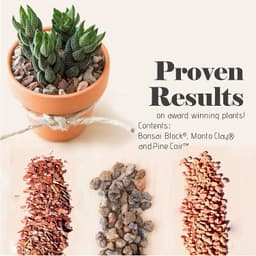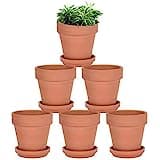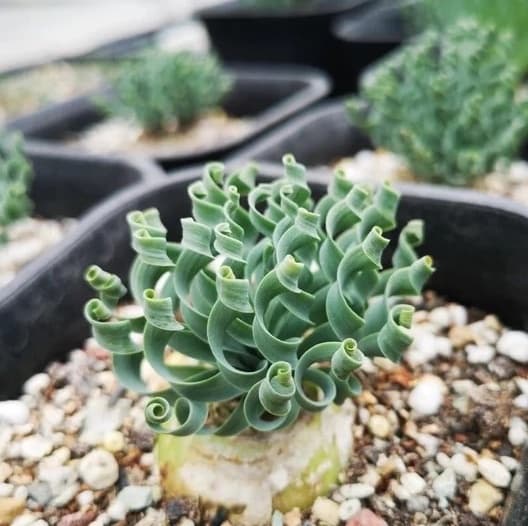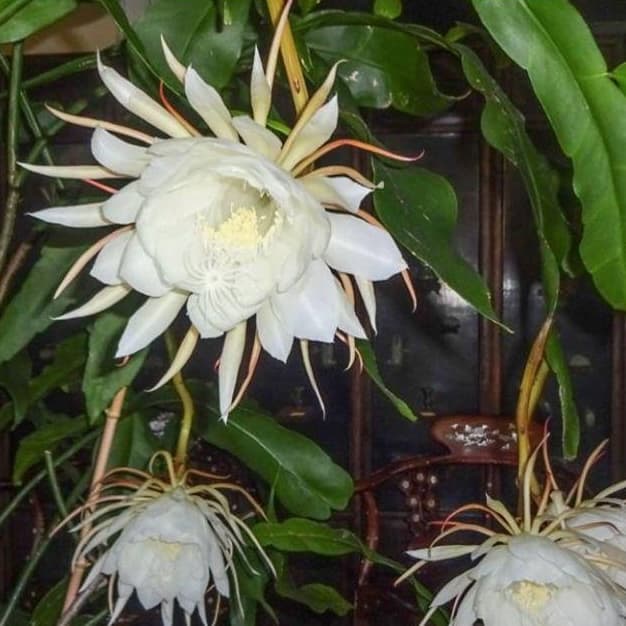My Complete Conophytum Identification Guide
Posted by Grace on May 9, 2023
Conophytum is a type of succulent that has more than a hundred different species. You can find these succulents mostly in South Africa and Namibia. People also call them knopies, buttons, cones, or dumplings.
After owning a few Conophytum myself, I've created a easy guide to help myself easily identify Conophytum. It features four stunning images for each type, with one of them often from my own collection!
And here's a fun tip: you can make the identification process easier by searching for the predominant color of your Conophytum on the page. This will lead you to possible species matches, and who knows, you might just stumble upon a rare and unique variety!
Don't forget to check out my updated Conophytum collection on my Pinterest account, Plant Succulents for even more inspiration and to see these amazing plants in action.
I also created an ID guide for Lithops, as well as an ID guide for Haworthia.
Contents
Conophytum bilobum
Visible Features: Conophytum bilobum is a small, stemless succulent that can reach a height of 3 inches (7.5 cm). It has paired leaves measuring up to 1.2 inches (3 cm) in width. The surface of the leaves is slightly rough, with a chalky-green color and adorned with darker green dots.
Photo Credits: [1], [2], [3], [4]
Conophytum calculus
Visible Features: Conophytum calculus features spherical bodies with a smooth surface and fragrant yellow flowers that bloom at night.
Photo Credits: [1], [2], [3], [4]
Conophytum uviforme
Visible Features: Conophytum uviforme is characterized by a small cluster of fleshy, paired leaves. The leaves are bluish-green to grayish-green in color, have a pointed tip, and a slightly curved surface.
Photo Credits: [1], [2], [3], [4]
Note: the top left one is mine! 😊
Conophytum jucundum
Visible Features: Conophytum jucundum is characterized by small, round, evergreen bodies that display a light green color with spots.
Photo Credits: [1], [2], [3], [4]
Note: the top left one is also mine! 😊
Conophytum meyeri
Visible Features: Conophytum meyeri features fleshy, paired leaves that are obovate or cylindrical with a slight keel at the apex. The leaves exhibit colors ranging from glaucous to greyish, adorned with small, darker dots.
Photo Credits: [1], [2], [3], [4]
Note: the bottom right one is also mine! 😊
Conophytum hians
Visible Features: Conophytum hians has small green leaves and yellow flowers.
Photo Credits: [1], [2], [3], [4]
Note: the bottom right one is the one I saw inside Jardin des Plantes in Paris, France.
Conophytum burgeri
Visible Features: Conophytum burgeri is onion-shaped with a single body and a small fissure at the top. Its smooth, shiny, and translucent epidermis ranges in color from light green to purple.
Photo Credits: [1], [2], [3], [4]
Conophytum minutum
Visible Features: Conophytum minutum comprises tiny rounded bodies, which are sometimes flattened at the apex. During autumn, it produces small daisy-like flowers in shades of pink-magenta.
Photo Credits: [1], [2], [3], [4]
Conophytum minutum is also one of Succulents with Pink Flowers, check out the entire collection in Succulents with Pink Flowers!
Conophytum globosum
Visible Features: Conophytum globosum is a dwarf, compact ground-cover succulent with nearly globose pale green bodies, lending itself to the epithet. It showcases delicate white flowers tinged with pink.
Photo Credits: [1], [2], [3], [4]
Conophytum pageae
Visible Features: Conophytum pageae grow in clusters or as stemless "bodies" measuring around 1" (2.5 cm) in height, resembling a fig or an inverted cone shape. Each body comprises two fused, dull, gray-green leaves with a puckered fissure at the top, encircled by a red ring resembling lips. The flowers of Conophytum pageae bloom in late summer or early fall, displaying colors ranging from yellow, pink, to purple.
Photo Credits: [1], [2], [3], [4]
Read more about Conophytum pageae. I wrote a dedicated blog post about this conophytum. 🙂
Conophytum concavum
Visible Features: Conophytum concavum is characterized by its compact, rounded body formed by fused gray-green leaves with textured surfaces, occasionally producing small, colorful daisy-like flowers.
Photo Credits: [1], [2], [3], [4]
Conophytum achabense
Visual Features: Small and cryptic, often concealed underground with only its dark green convex top visible among quartz stones. It has a big "tummy" and a small "head/neck" that make them look like gourd/calabash. The color of this Achabense is always green. The flower is usually purplish and blooms during the daytime.
Photo Credits: [1], [2], [3], [4]
Conophytum herreanthus
Visual Features: This small succulent plant grows in clusters of short bodies. Each body has two thick, fleshy leaves that can be pale grey, bluish-green, or pinkish in color, with faint dark spots. The leaves are angled upward in a V-shape, with their inner surfaces forming a triangle. They grow in pairs and can be up to 1.6 inches (4 cm) long. Some leaf tips and edges may have a hint of pink.
Photo Credits: [1], [2], [3], [4]
Final Words
I hope you found this guide helpful.
If you want to challenge yourself, try this quiz I made to see how many Conophytum species you can identify.






